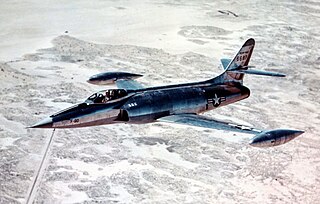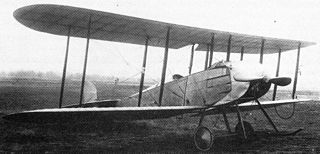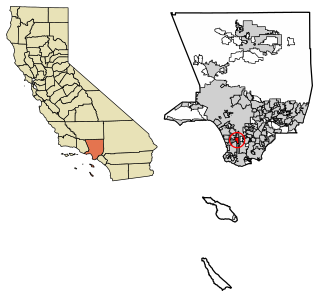
The Shenyang J-5 is a Chinese-built single-seat jet interceptor and fighter aircraft derived from the Soviet Mikoyan-Gurevich MiG-17. The J-5 was exported as the F-5 and was originally designated Dongfeng-101 and also Type 56 before being designated J-5 in 1964.

The Lockheed XF-90 was built in response to a United States Air Force requirement for a long-range penetration fighter and bomber escort. The same requirement produced the McDonnell XF-88 Voodoo. Lockheed received a contract for two prototype XP-90s. The design was developed by Willis Hawkins and the Skunk Works team under Kelly Johnson. Two prototypes were built. Developmental and political difficulties delayed the first flight until 3 June 1949, with Chief Test Pilot Tony LeVier at the controls. Performance of the design was considered inadequate due to being underpowered, and the XF-90 never entered production.

The Boeing B-29 Superfortress was produced in a large number of experimental and production models.

Military production during World War II includes the arms, ammunitions, personnel and financing which were mobilized for the war. Military production, in this article, means everything produced by the belligerents from the occupation of Austria in early 1938 to the surrender and occupation of Japan in late 1945.

The Auster J/1 Autocrat was a 1940s British single-engined three-seat high-wing touring monoplane built by Auster Aircraft Limited at Rearsby, Leicestershire.
The Allied Aviation Corporation was established in Cockeysville, Maryland, in January 1941 to manufacture laminated plywood components for aircraft. The firm also developed its own flying boat transport glider for the United States Navy, the LRA, which was built in small numbers for testing, but the larger LR2A was not proceeded with.

The Aviatik B.I is a German two-seat reconnaissance biplane designed and built by the Automobil und Aviatik AG company, who until then had produced copies of French designs.

The Avro 531 Spider was a British fighter aircraft built by Avro during the First World War. It did not proceed past the prototype stage.

The Berliner-Joyce P-16 was a 1930s United States two-seat fighter aircraft produced by Berliner-Joyce Aircraft Corporation.

The Junkers J.I was a German "J-class" armored sesquiplane of World War I, developed for low-level ground attack, observation and Army cooperation. It is especially noteworthy as being the first all-metal aircraft to enter mass production; the aircraft's metal construction and heavy armour was an effective shield against small arms fire over the battlefield.

The Consolidated P2Y was an American flying boat maritime patrol aircraft. The plane was a parasol monoplane with a fabric-covered wing and aluminum hull.
The Caudron R.6 was a French reconnaissance aircraft of World War I. It was a scaled-down version of the Caudron R.4. It eliminated the R.4's nose-gunner and used smaller engines. Some 750 of these aircraft were built, three times the production of the original R.4 design.

The Royal Aircraft Factory B.E.8 was a British two-seat single-engined general purpose biplane of the First World War, designed by John Kenworthy at the Royal Aircraft Factory in 1913. Small numbers were used by the Royal Flying Corps over the Western Front in the first year of the war, with the type being used as a trainer until 1916.

The Lioré et Olivier LéO 7 was a French bomber escort biplane designed and built by Lioré et Olivier for the French Air Force.
The Focke-Wulf Fw 47 Höhengeier, known internally to Focke-Wulf as the A 47, was a meteorological aircraft developed in Germany in 1931. It was a parasol-wing monoplane of largely conventional design, unusual only in the expansiveness of its wing area. Tested first by the Reichsverband der Deutschen Luftfahrtindustrie, and then the weather station at Hamburg, the type was ordered into production to equip ten major weather stations around Germany.
The Heinkel He 62 was a reconnaissance seaplane designed in Germany in the early 1930s. It was a conventional, single-bay biplane with unstaggered wings of equal span. The pilot and gunner sat in tandem, open cockpits. A few aircraft were supplied to Japan, where Aichi built a version as the AB-5, and used it as the basis for the AB-6, but no series production took place. The AB-5 used a locally produced Nakajima Kotobuki in place of the Siemens engine fitted to the German-built aircraft.

The Short Type 827 was a 1910s British two-seat reconnaissance floatplane. It was also known as the Short Admiralty Type 827.

The Rumpler G.I was a bomber aircraft produced in Germany during World War I, together with refined versions known as the G.II and G.III.
The Nieuport & General Aircraft Company Ltd was a British aircraft manufacturer, established during the First World War to build French Nieuport aircraft under licence, which closed down in 1920.















